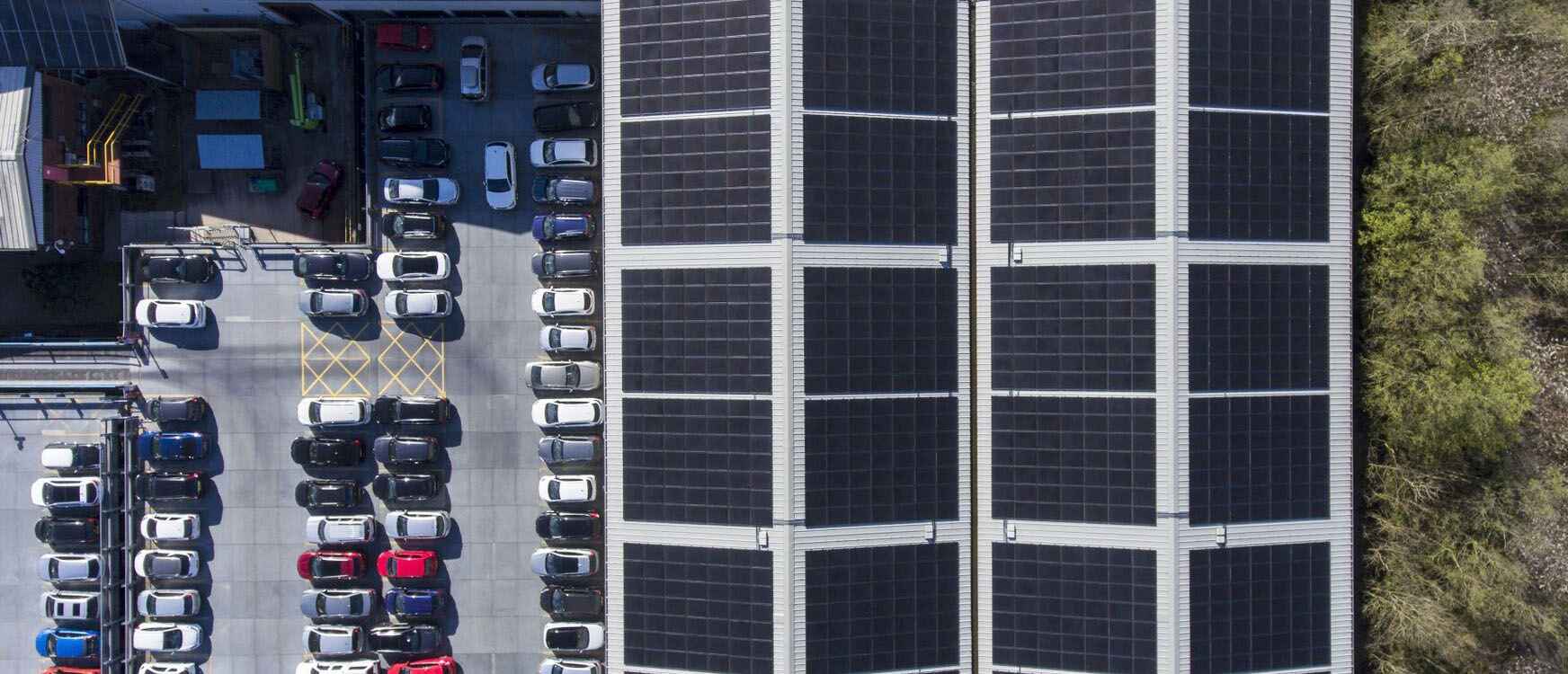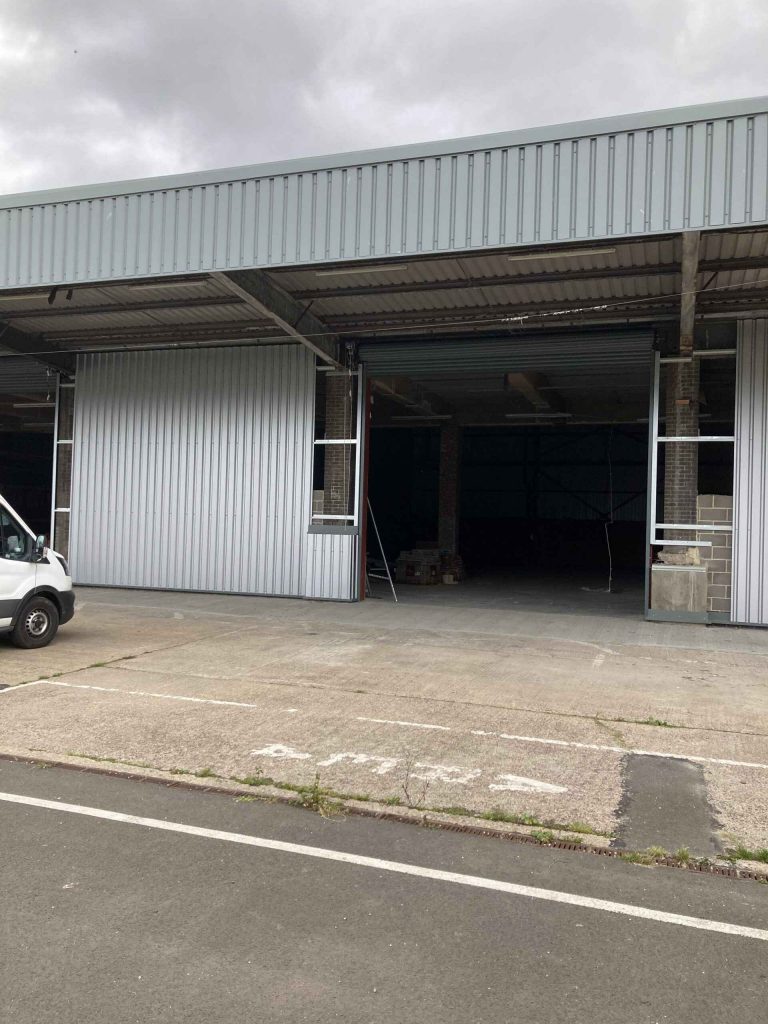
Harvey Combe, Killingworth
Client: Harvey Comb | Location: Killingworth | Specification of Work: External Wall Cladding | Project Length: 4 Weeks
The Project
The client requested the services of Roofclad Systems to strip and reclad the walls of the former SIG depot on Harvey Combe in Killingworth. In addition to this, the client wanted the GRP rooflights to the canopy with roof sheets and a new gutter system to the canopy.
Client Problems:
The former SIG depot was very weathered and in need of a facelift. The client wanted a more modern look for the building that would have greater roadside appeal and increase the lifespan of the building.
Solution:
Roofclad Systems supplied and erected a triple handrail scaffold to the gable end roof edges in accordance with the Working at Height Regulations as well as a scaffold access tower to eaves level complete with fixed ladder access. A plain safe net/debris net system overlay, beneath the canopy roof was rigged, in accordance with the recommendations of EN1263-2.
For the duration of the contract a rough terrain telescopic forklift was supplied for the purpose of raising new materials to roof level and lowering redundant materials to ground level.
For the roof works of the contract our operatives progressively striped off the existing single skin GRP sheeting. This was replaced with approximately 285m² 0.7mm thick 34mm deep profile galvanised steel, plastisol coated sheets. The sheets were secured using nylon headed self-drilling screws and side stitched with nylon headed self-drilling stitchers. All side and end laps were sealed with butyl mastic sealing strips. All flashings were produced at our fabrications factory using 0.7mm plastisol coated steel.
Between the new roof and adjoining roof, 48lm of Weatherfast gutter system, consisting of a PVC single ply membrane laminated to a 0.7mm thick galvanised steel sheet, was installed. Liners were press-formed to closely follow the existing gutter profile. All laps were hot air welded and included new stop-ends and outlets draining into existing rainwater pipes.
The main element of the project was the stripping and re-cladding of the walls, approximately 833m² in total. Using a mobile scissor lift, our operatives progressively stripped the existing profiled metal cladding. Old roller shutter doors were removed and in place new purlins were secured. An insulated double skin system was installed using a profiled steel liner sheet, 0.45mm x 19mm deep profile white enamel coated, secured to the existing sheeting rails with carbon steel self-drilling screws.
A 180mm glass fibre insulation quilt was laid over the liner panels. Lightweight galvanised steel ribbed support bars with ‘snap in’ brackets, incorporating a vapour seal/thermal insulating base were secured through the liner panel to sheeting rails with carbon steel self-drill screws. Silver coloured steel cladding sheets, 0.7mm thick, 32/1000 profile, were installed over the top. Sheeting was fixed using nylon headed self-drilling screws with support thread below the washer and side stitched at 450mm centres with nylon headed stitchers. All end and side laps were sealed with butyl mastic sealing strips. All cill, corner and door flashings produced in our fabrication factory were produced from 0.7mm plastisol coated steel, with polyethylene fillers embedded in sealant.






